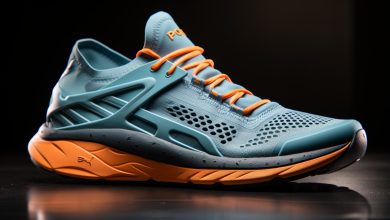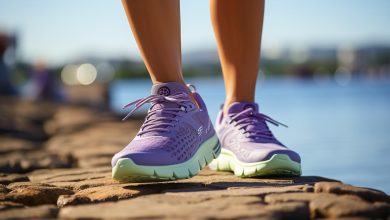Choosing the Right Running Shoes: Tips From Experts

Are you tired of feeling like you’re running on clouds, only to end up with sore feet and achy joints?
It’s time to lace up your shoes and hit the pavement with confidence.
In this article, we’ll guide you through the process of choosing the right running shoes, with expert tips that will help you find the perfect fit for your unique foot type.
So get ready to pound the pavement in style and comfort!
Understanding Your Foot Type
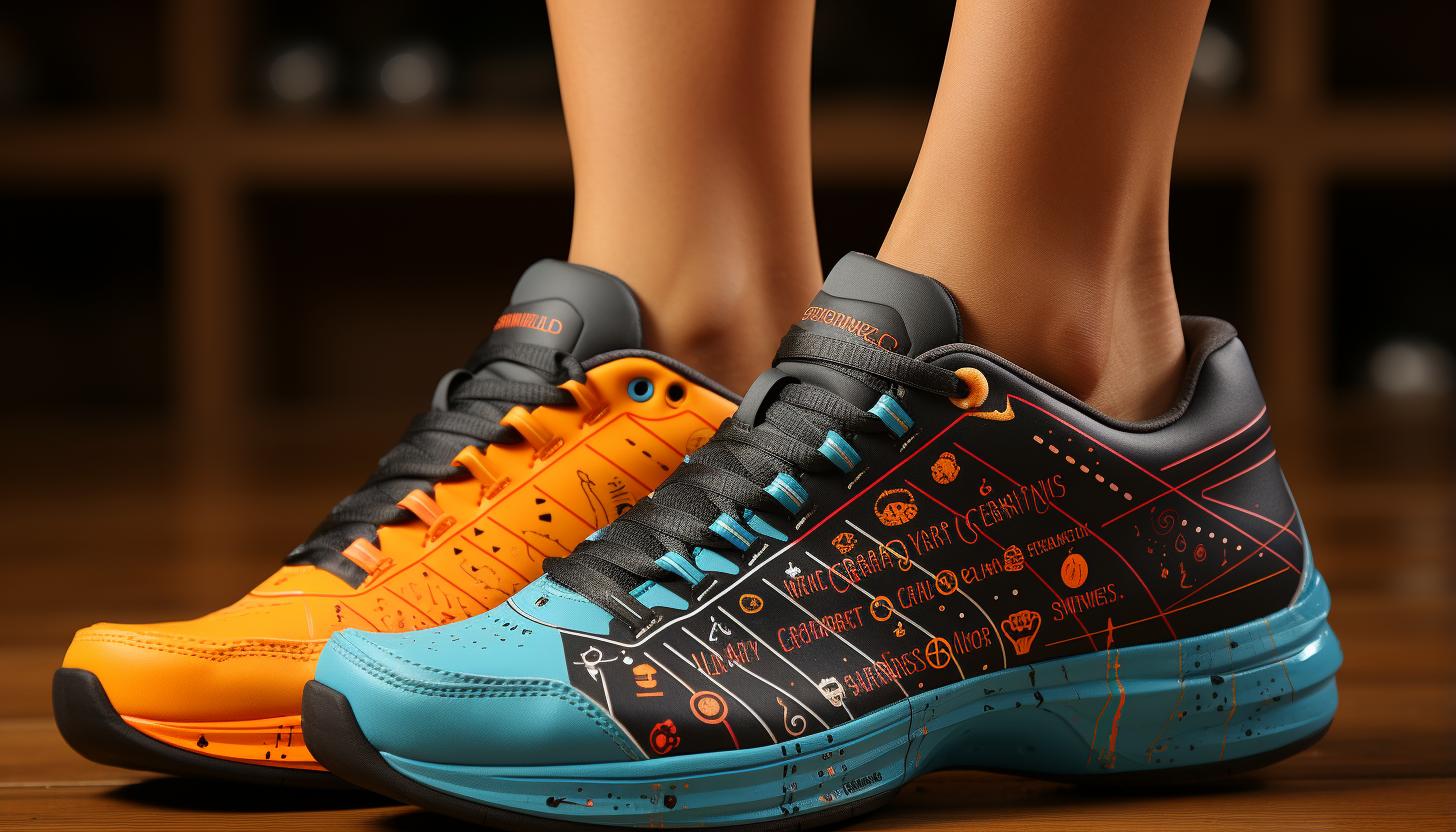
Understanding your foot type is crucial when choosing the right running shoes. Your foot arch and pronation style play significant roles in determining which shoes will provide you with the best support and comfort during your runs.
The foot arch refers to the shape of the curve along the bottom of your feet, and it can be categorized as high, medium, or low. High-arched feet tend to have less natural shock absorption, while flat or low-arched feet may experience excessive inward rolling of the ankles, known as overpronation.
Pronation style refers to how your foot rolls inward when it strikes the ground. There are three main types: neutral pronation, overpronation, and underpronation (also called supination). Neutral pronators have a balanced gait that promotes even weight distribution across their feet. Overpronators excessively roll their feet inward, placing extra stress on their joints. Underpronators have a tendency to roll their feet outward instead of inward.
By understanding your foot arch and pronation style, you can select running shoes that provide appropriate support for your specific needs. This knowledge will help prevent common injuries such as shin splints or plantar fasciitis caused by wearing improper footwear.
Now that you understand your foot type, let’s explore why finding a shoe with the proper fit is equally essential for an enjoyable and injury-free running experience.
Importance of Proper Fit
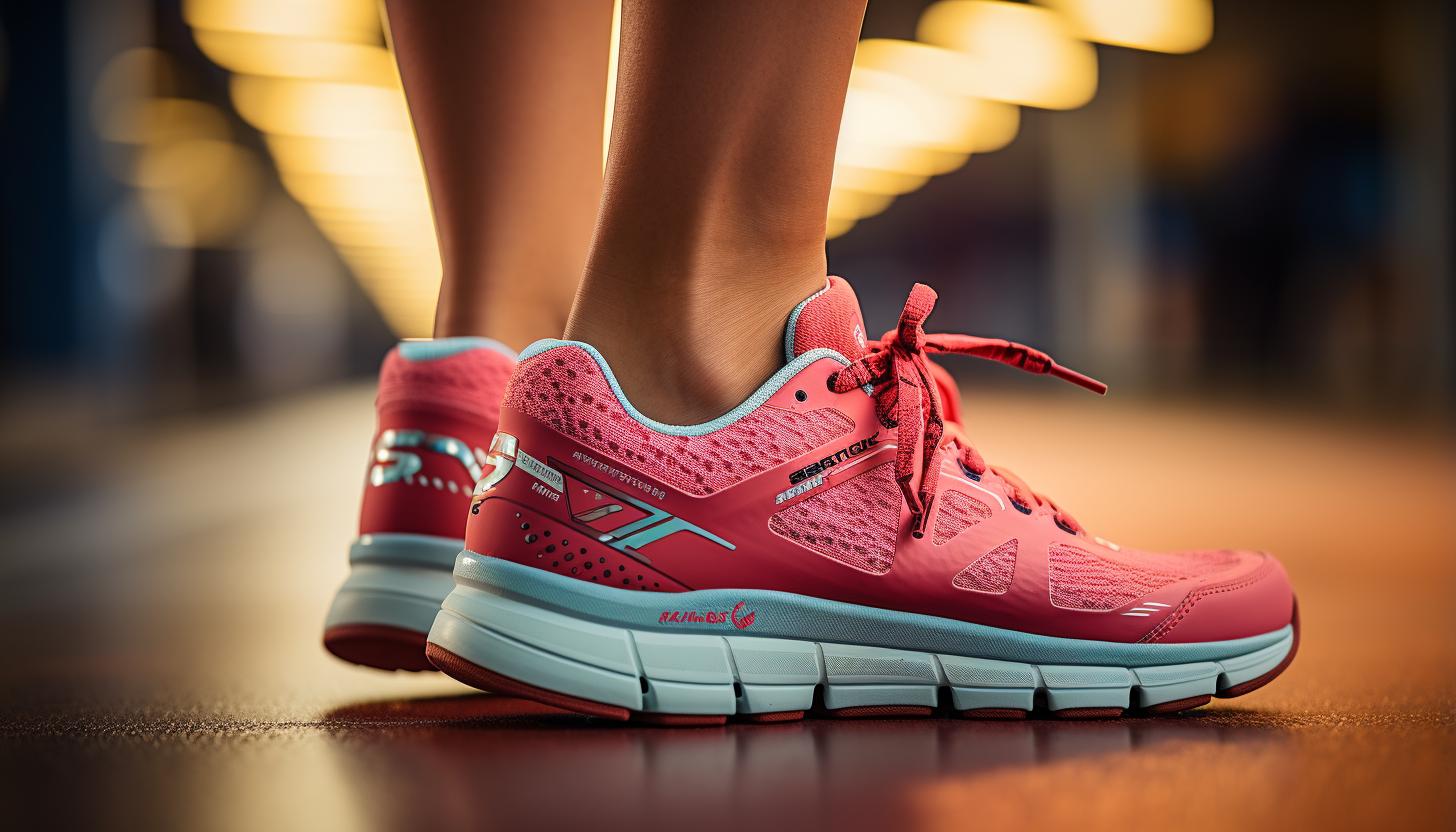
To ensure maximum comfort and prevent potential injuries, it’s essential to find running shoes that fit properly. Here are four key reasons why the right fit is crucial for ensuring comfort and avoiding injuries:
1. Reduced Friction: Ill-fitting shoes can cause excessive rubbing and friction, leading to blisters and hotspots on your feet. Properly fitted shoes will have enough room in the toe box to prevent this discomfort.
2. Improved Stability: When your shoes fit well, they provide better stability during each stride. This reduces the risk of rolling your ankle or experiencing other injuries caused by unstable footing.
3. Optimal Shock Absorption: Running puts stress on your joints, particularly your knees and ankles. Shoes that fit properly will have adequate cushioning to absorb impact forces, reducing the strain on these vulnerable areas.
4. Enhanced Performance: Wearing well-fitted shoes allows you to focus solely on running without distractions or discomfort. This can lead to improved performance as you’re able to maintain a natural gait and push yourself further.
Differentiating Between Cushioning and Stability
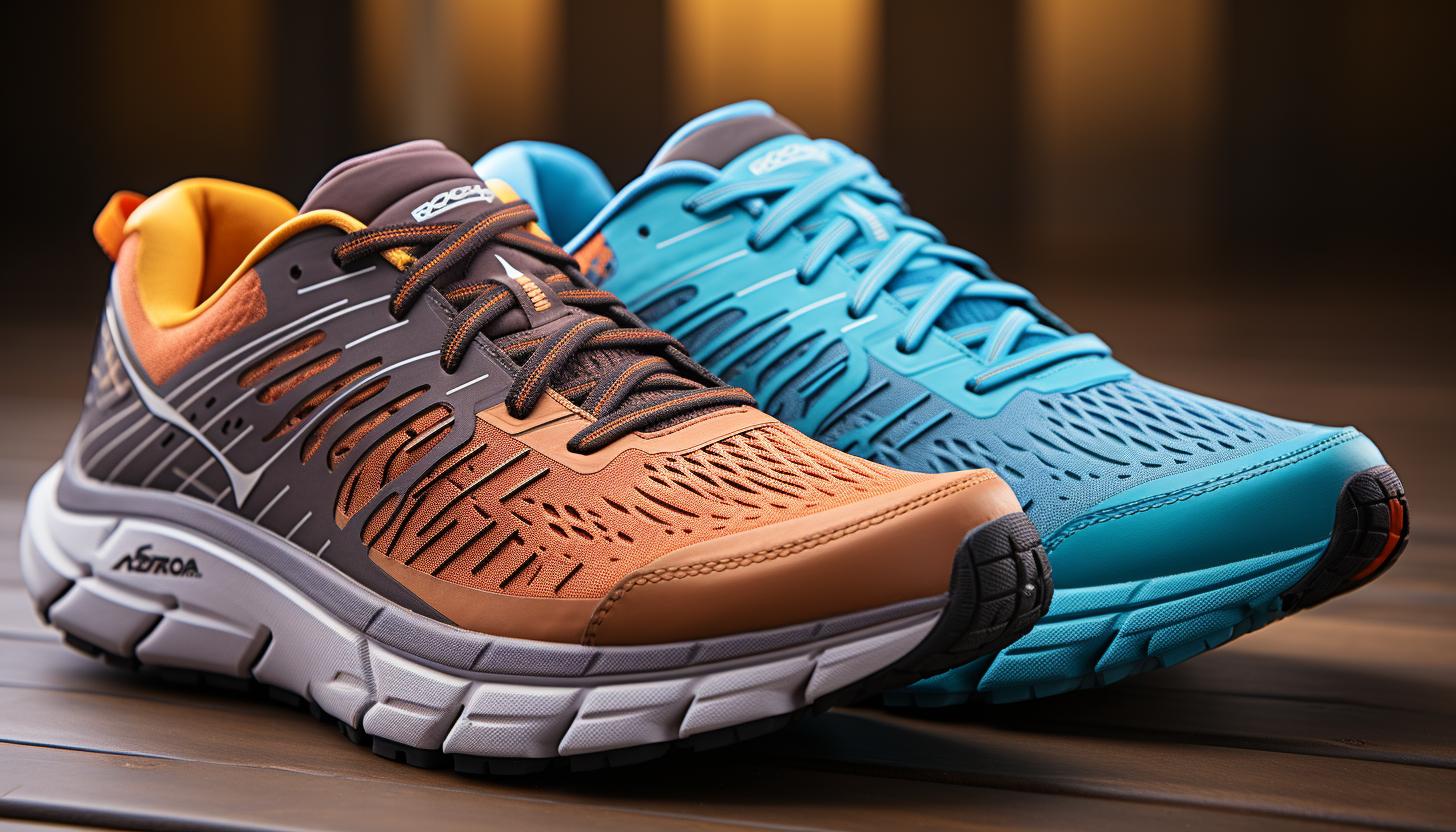
Differentiating between cushioning and stability can be challenging when selecting the perfect pair of running shoes. However, understanding the differences between these two factors is crucial to ensure maximum comfort and support during your runs.
When it comes to cushioning, it refers to the ability of a shoe to absorb shock and provide protection to your feet. It is especially important for runners who have a high arch or those who tend to underpronate. Shoes with ample cushioning can help alleviate stress on your joints by absorbing impact forces as you land on the ground.
On the other hand, stability is all about providing support and preventing excessive inward rolling of the foot, also known as overpronation. If you have flat feet or tend to overpronate, finding a shoe with good stability features is essential. These shoes usually come with supportive components such as medial posts or firmer midsoles that help control pronation and maintain proper alignment throughout your gait cycle.
When choosing running shoes, consider both pronation control and arch support as key factors in determining which type of shoe will best suit your needs. Remember, everyone’s feet are unique, so it’s important to try on different brands and styles to find the perfect fit that provides both cushioning and stability for your specific foot type.
Considerations for Different Terrains
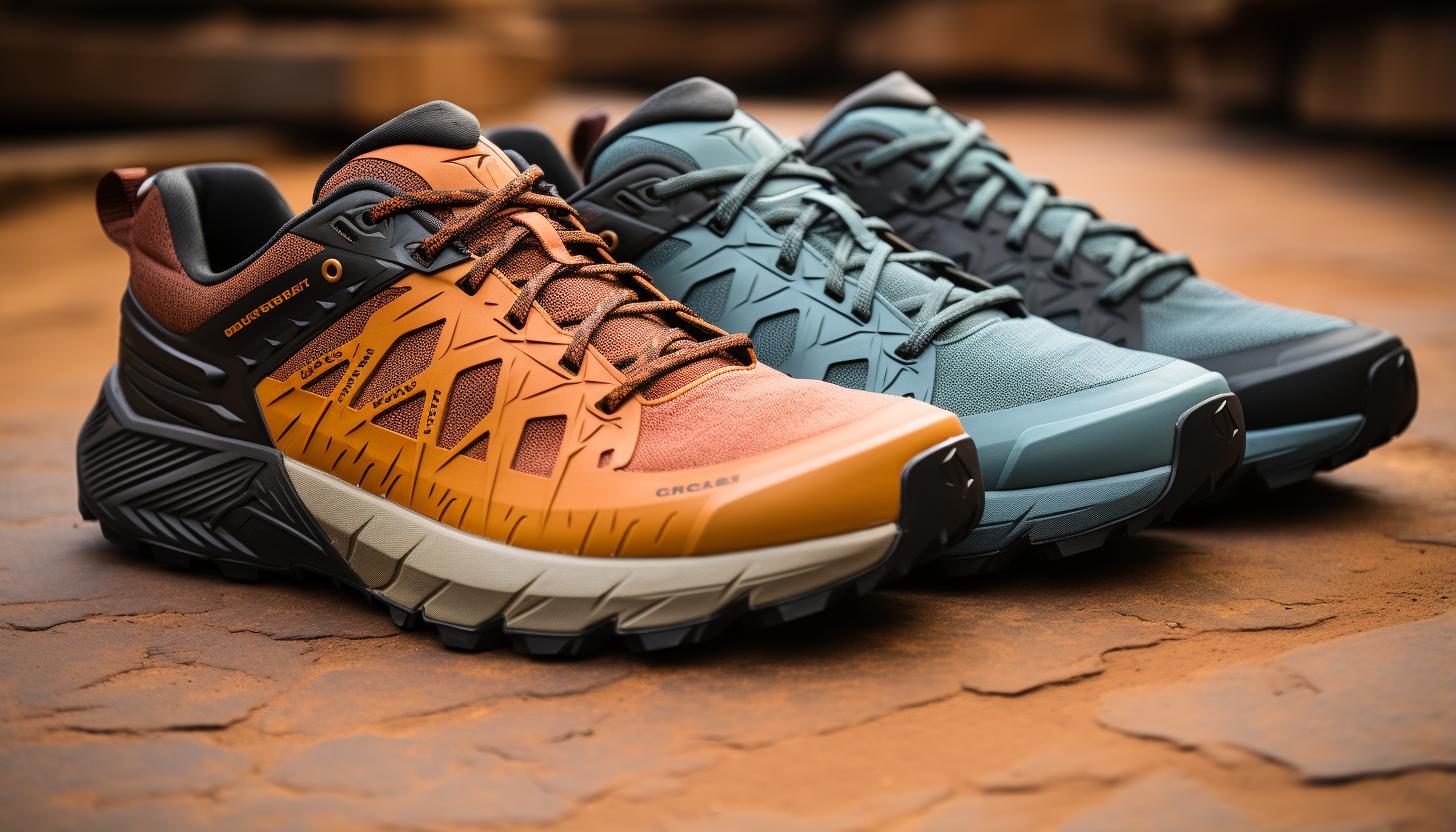
When it comes to running on different terrains, it’s important to consider the level of grip and traction that your shoes provide. The right pair of shoes can make a world of difference in your performance and prevent any potential injuries.
Here are some key considerations when choosing between trail running shoes and road running shoes:
1. Tread pattern: Trail running shoes typically have deeper and more aggressive treads compared to road running shoes. This helps provide better grip on uneven surfaces, muddy trails, or rocky terrains.
2. Cushioning and stability: Trail running shoes often have additional cushioning in the midsole to absorb impact from rough terrain. They also offer increased stability features like reinforced toe caps and ankle support.
3. Durability: Due to the rugged nature of trail running, these shoes are built with durable materials such as reinforced uppers and protective overlays. Road running shoes, on the other hand, prioritize lightweight construction for a smoother ride on pavement.
4. Flexibility: Road running shoes tend to be more flexible than trail running shoes since they need to adapt well to flat surfaces. This flexibility allows for a natural range of motion during each stride.
Considering these factors will help you choose the right pair of running shoes based on your specific needs and preferences.
Now let’s move onto expert recommendations and reviews for additional guidance in finding your perfect fit.
Expert Recommendations and Reviews
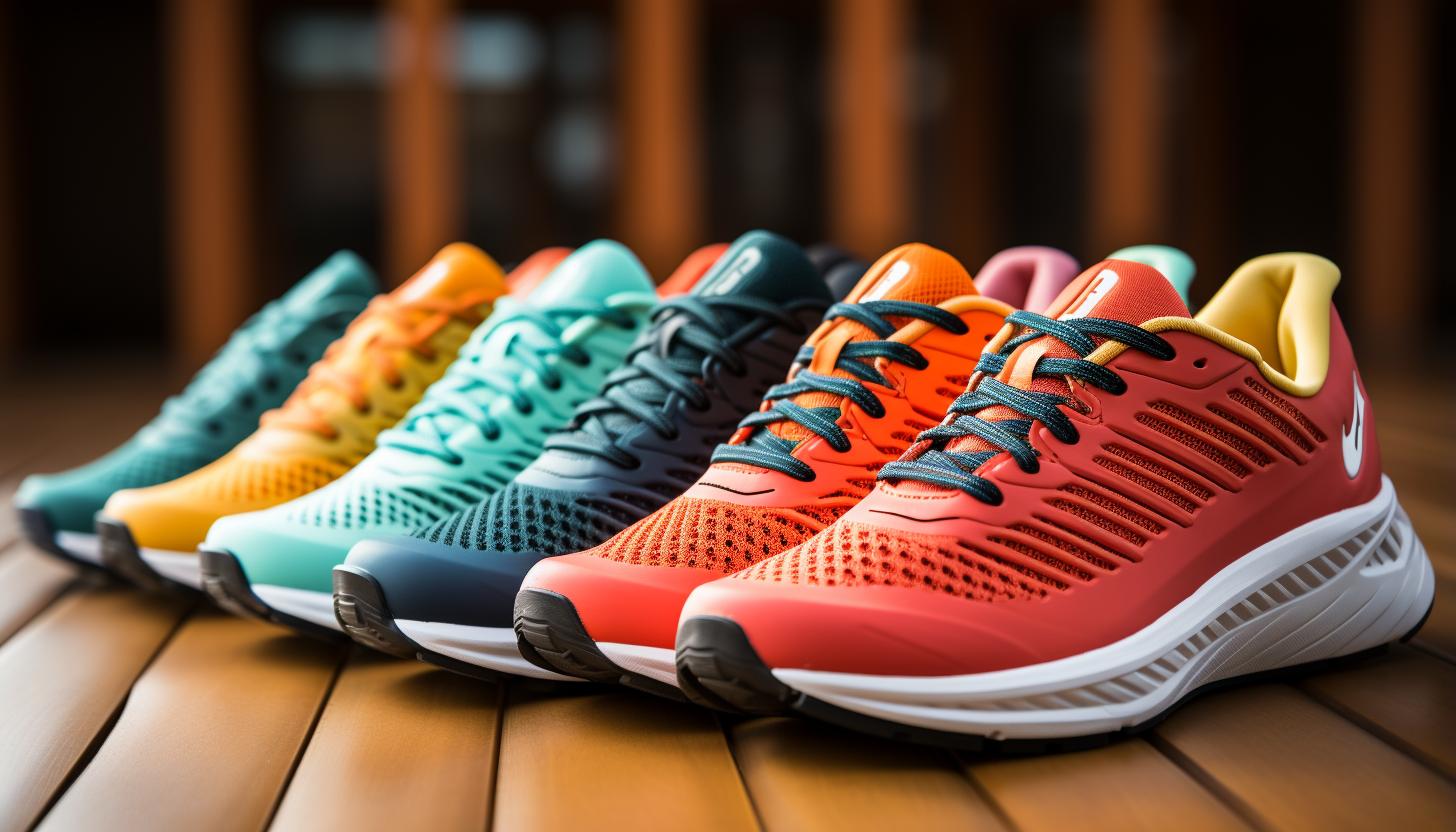
For additional guidance in finding the perfect fit, you’ll want to check out what the experts recommend and read some reviews.
When it comes to choosing the right running shoes, expert opinions can provide valuable insights into finding the right brand for your needs. Experts often suggest considering factors such as foot type, running style, and intended use when selecting running shoes. They recommend visiting specialized running stores where trained professionals can analyze your gait and help you find a shoe that offers the right amount of support and cushioning. Additionally, experts emphasize the importance of trying on multiple brands and models to find the one that feels most comfortable.
Reading reviews from fellow runners can also be helpful in making an informed decision. Look for reviews that discuss aspects like durability, breathability, arch support, and overall comfort. Pay attention to any common issues or concerns mentioned by multiple reviewers.
Remember that everyone’s feet are unique, so what works well for someone else may not necessarily work for you. It’s important to take expert recommendations into account but ultimately trust your own comfort and intuition when finding the perfect fit.
Conclusion
Now that you’ve got all the expert tips on choosing the right running shoes, it’s time to hit the pavement and let your feet do the talking.
Imagine yourself gliding effortlessly through lush trails, feeling like you’re floating on clouds with each step.
With a proper fit and cushioning tailored to your foot type, you’ll conquer any terrain with confidence and ease.
So lace up those shoes, embrace the comfort they provide, and embark on an exhilarating running journey like never before.
Happy running!



